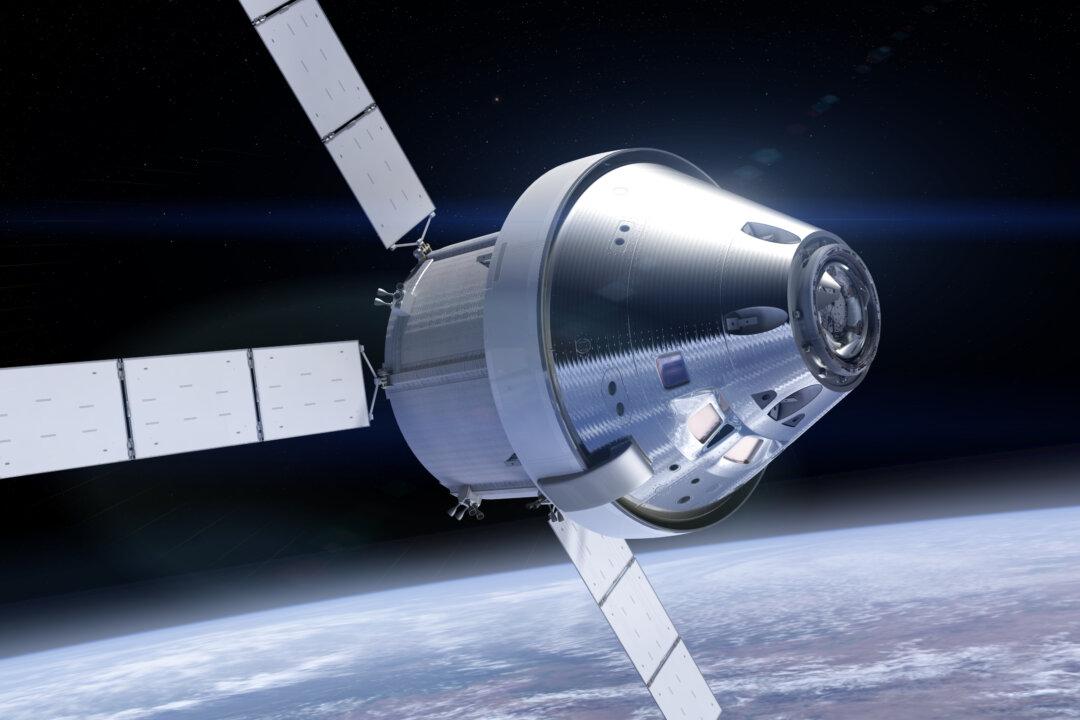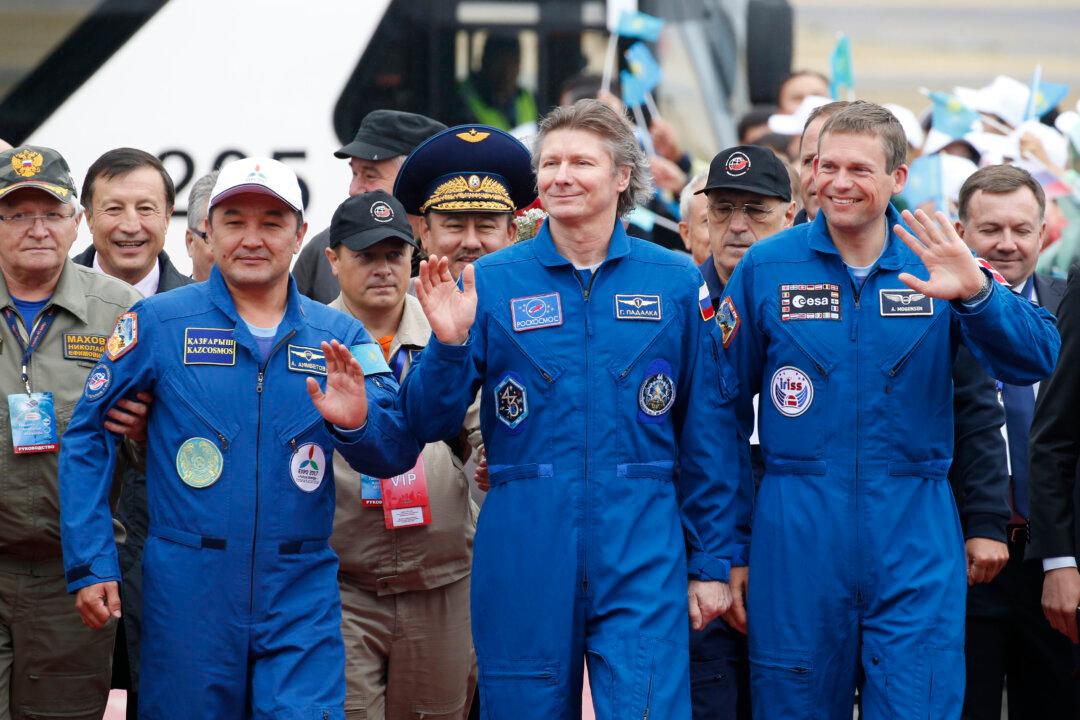From astronauts breaking records for the longest amount of time spent in space to experiments growing food and keeping bacteria in orbit, the past decade of human spaceflight has been fascinating. There has also been an explosion of privately-funded spaceflight companies providing access to space, including delivering supplies to the International Space Station (ISS).
The next decade will see a remarkable mix of countries and companies getting involved. Plans include taking humans from low-Earth orbit back to the moon and even an asteroid in the 2020s—all designed to help prepare for the ultimate goal of a human mission to Mars in the 2030s.
1. First Inflatable, Commercial Space Station
The company Bigelow Aerospace is planning on launching the first privately-funded commercial space station—the B330—in 2020. The station will be able to accommodate a crew of six with more space—an internal volume of 330 cubic meters—than a typical semi-detached house. The project is already underway.
On 8 April, the Dragon cargo spacecraft, developed by the company SpaceX, set off for the ISS with a test of this technology: the Bigelow Expandable Activity Module. This will be attached to the ISS and expanded to its full size, giving the astronauts there the chance of being the first humans to test an inflatable habitat in space.



